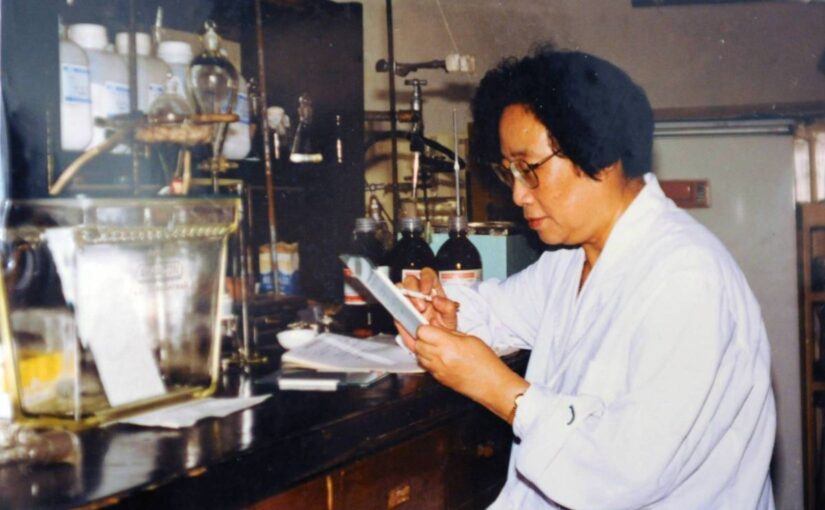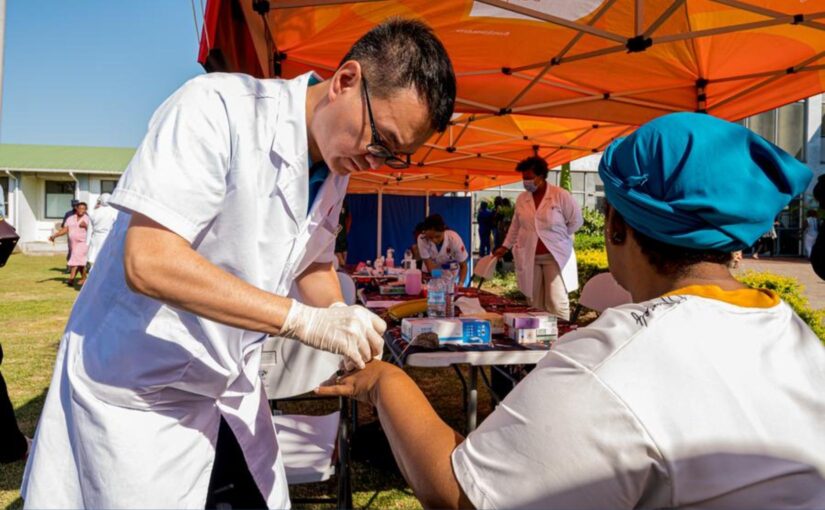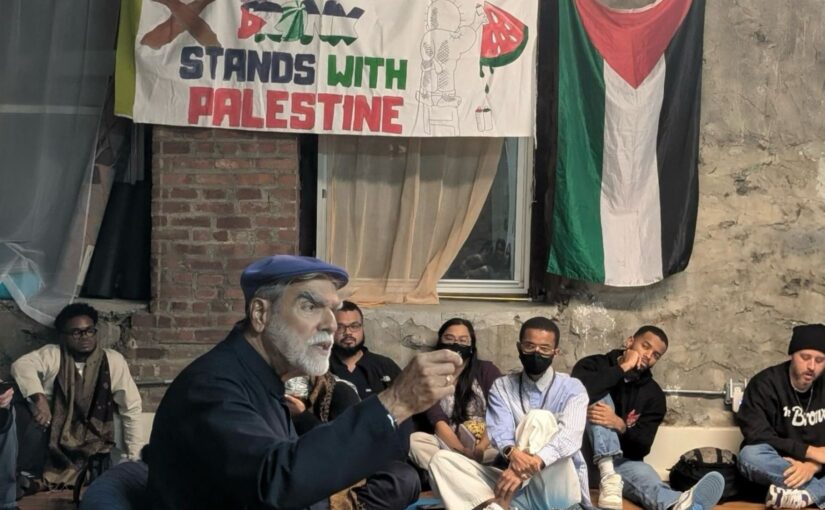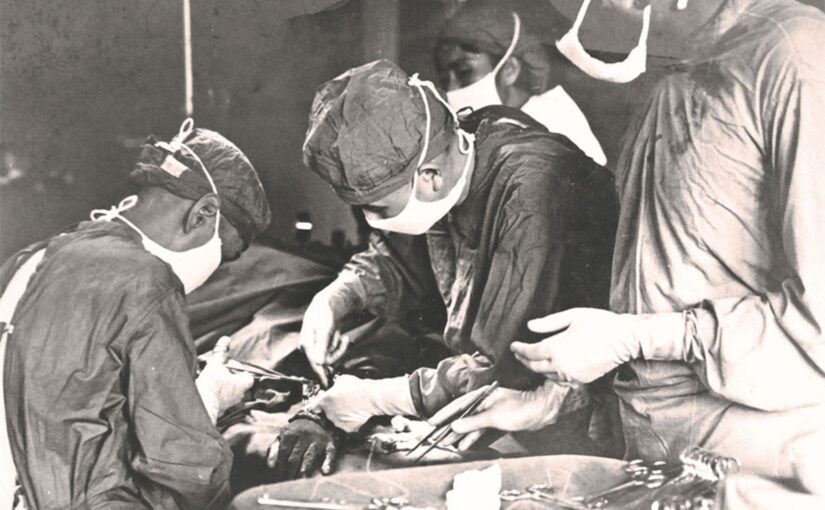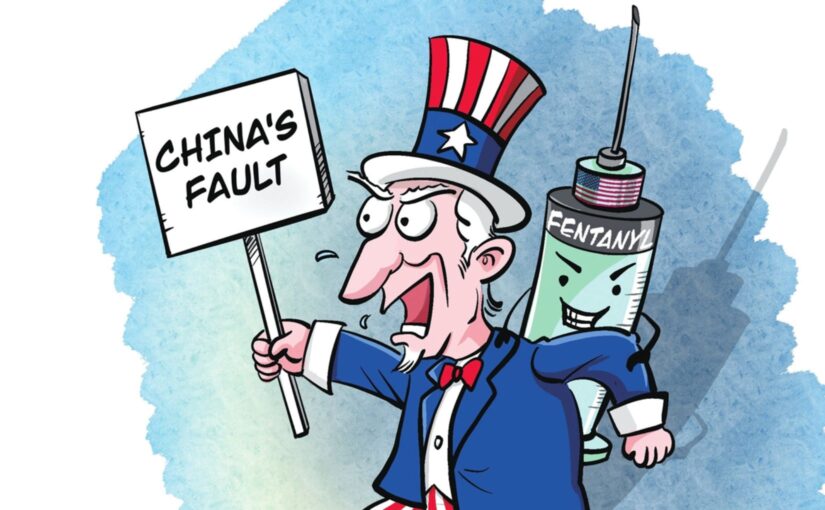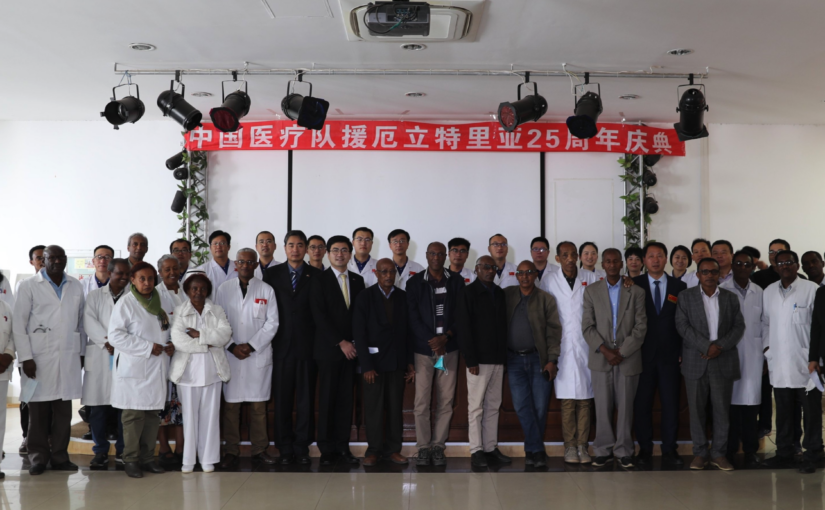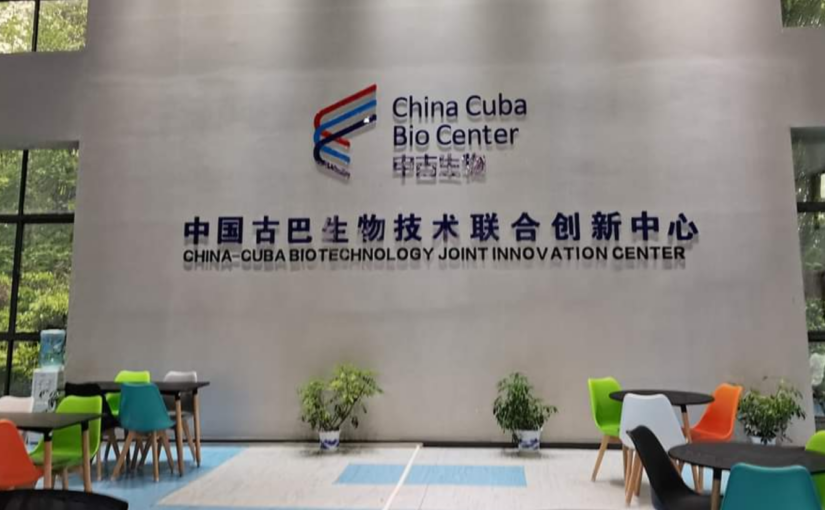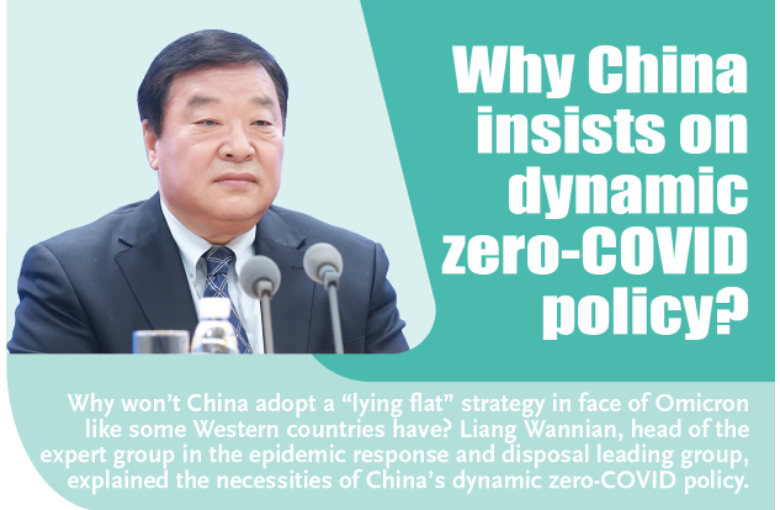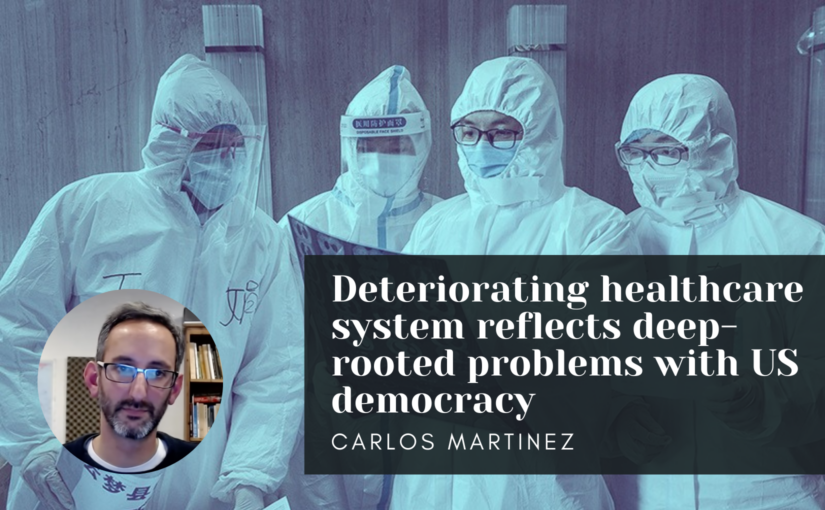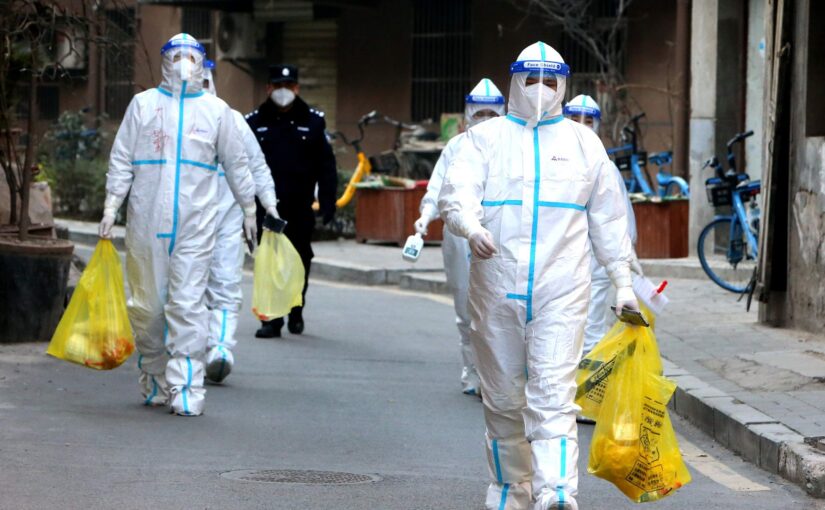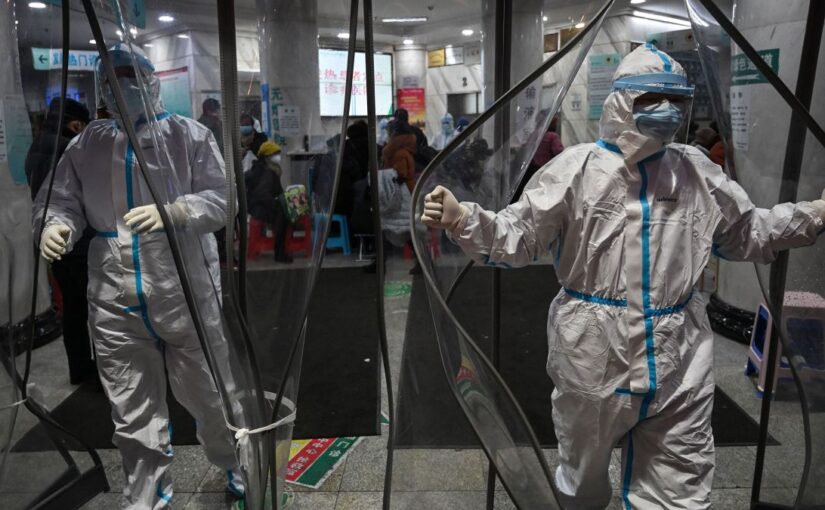The following article by Friends of Socialist China co-founder Danny Haiphong, originally published in Beijing Review, discusses the growing opioid crisis in the United States and the tendency of US politicians to place blame for the crisis on China. Noting that opioid overdoses caused over 112,000 deaths in 2023, Danny writes that “the causes for the spike in both the use of fentanyl and its deadly consequences have been obscured by the rampant politicization of the issue”.
The House Select Committee on “Strategic Competition between the United States and the Chinese Communist Party” claims that China has been promoting the manufacture and export of the precursor chemicals critical to the production of fentanyl. Danny observes however that this claim is not substantiated by meaningful evidence, and furthermore “disregards China’s serious efforts in cracking down on the trafficking of fentanyl despite having no domestic problem with opioid abuse.” For example, in 2019, “China became the first country in the world to include all fentanyl-related substances in its supplementary list of controlled narcotic drugs and psychotropic substances.”
In truth the regulatory failures are taking place in the US, not China – “in large part due to the influence of corporate power on politics”. The attempt to pin blame on China is part of a broader New Cold War agenda in which China is demonised and its rise presented as an existential threat to the Western way of life. This narrative in turn serves to justify the US military build-up in the Pacific and the escalating campaign of China encirclement.
It is no secret that drug addiction is a major problem in the United States. When it comes to opioids, the crisis has become increasingly deadly. Over 112,000 fatal overdoses occurred in the U.S. in 2023. The potent synthetic opioid, fentanyl, is now a household name for its role in aggravating overdoses in the country to such a historic scale.
However, the causes for the spike in both the use of fentanyl and its deadly consequences have been obscured by the rampant politicization of the issue. In recent years, U.S. political elites have attempted to explain away the crisis by blaming a convenient scapegoat: China.
The House Select Committee on “Strategic Competition between the United States and the Chinese Communist Party” in April released a report claiming that China has directly subsidized precursor chemicals critical to the production of fentanyl.
The insinuation is that China is directly trading these substances with illicit fentanyl producers and therefore fueling the opioid crisis in the U.S.
Blaming China for the opioid crisis didn’t begin this year, however. Political officials placed fentanyl production at the top of their domestic agenda in 2021 and immediately blamed China for the deadly consequences. U.S. President Joe Biden stated prior to his meeting with Chinese President Xi Jinping on the sidelines of the APEC conference in San Francisco, California, last November that he would make pressuring China on fentanyl a key topic and claimed a “diplomatic victory” after China and the U.S. agreed to resume talks on the issue.
Blaming China for the U.S. opioid overdose crisis is rife with problems. For one, the House committee is a byproduct of a broader Cold War agenda and the credibility of its report is in serious question given the majority of its sources are anecdotal or regurgitation of Western media claims.
Furthermore, U.S. claims disregard China’s serious efforts in cracking down on the trafficking of fentanyl despite having no domestic problem with opioid abuse. In 2019, China became the first country in the world to include all fentanyl-related substances in its supplementary list of controlled narcotic drugs and psychotropic substances.
The country has also taken numerous security measures in compliance with the law, and many of these actions include cooperating directly with U.S. export-import control mechanisms.
It’s also important to note that the responsibility of how precursor chemicals are utilized falls on the importing country. The U.S. has consistently ignored necessary regulations on the sale and distribution of opioids in large part due to the influence of corporate power on politics.
U.S. pharmaceutical company Purdue Pharma LP is infamous for starting the opioid epidemic in the U.S. beginning in the 1990s as the maker and aggressive peddler of OxyContin, a strong and potentially addictive pain medication.
Purdue Pharma opened the floodgates to the over-prescription of opioids within an already profit-driven health insurance and medical system. For the past 30 years, pharmaceutical corporations have poured billions of dollars into political campaigns to ensure that their products receive legislative priority and protection.
The close relationship between U.S. politicians and pharmaceutical corporations has created what’s called the “revolving door.” For example, during the Donald Trump administration, former Commissioner for the Food and Drug Administration Scott Gottlieb resigned to join the board of directors of Pfizer, one of the world’s premier pharmaceutical and biomedical enterprises.
And the revolving door is no partisan affair. Major members of Biden’s staff, such as former Deputy Chief of Staff Jennifer O’Malley Dillon and current Ambassador to the United Nations Linda Thomas-Greenfield, have worked for law firms representing major pharmaceutical corporations such as Pfizer and Gilead Sciences, Inc.
The U.S. geopolitical footprint on the illicit drug trade has contributed to countless suffering and chaos throughout the Global South, or the nations of the world that are considered to have a relatively low level of economic and industrial development and are typically located to the south of more industrialized nations. The U.S. played a role in the Opium Wars in the 19th century which led to China’s “century of humiliation” and was a major force in the global opium trade of that period. Throughout the Cold War, covert U.S. wars in Latin America led to the proliferation of the drug trade from Colombia to Central America. And Afghanistan, suffering decades of U.S. interventions, became the top producer of opium in the world for much of the 21st century until its growth and distribution was banned by the Taliban in 2022 following the U.S. withdrawl from the country.
Blaming China won’t address any self-inflicted wounds. It is U.S. policy, or rather the lack thereof, that is responsible for making American society an attractive market for the illicit drug trade. Despair, stress, poverty and racial discrimination make for a toxic mix that continues to fester and grow in the heart of American society. Political leaders and their elite sponsors are the ones who need to be held accountable. Not China.


